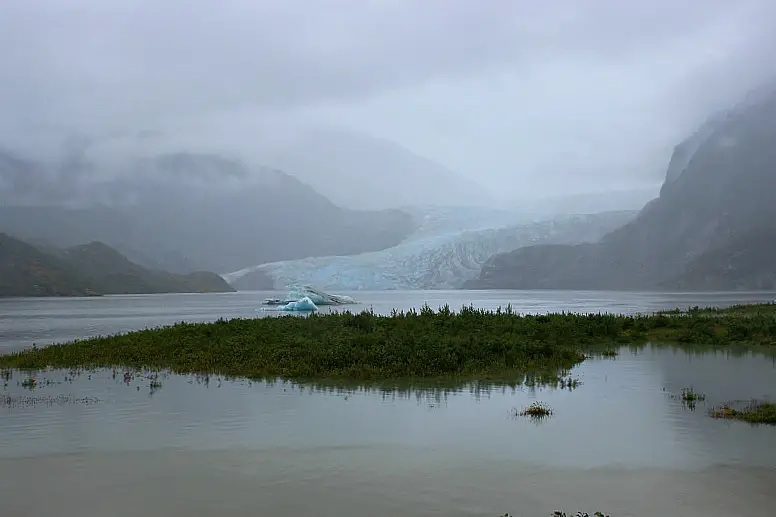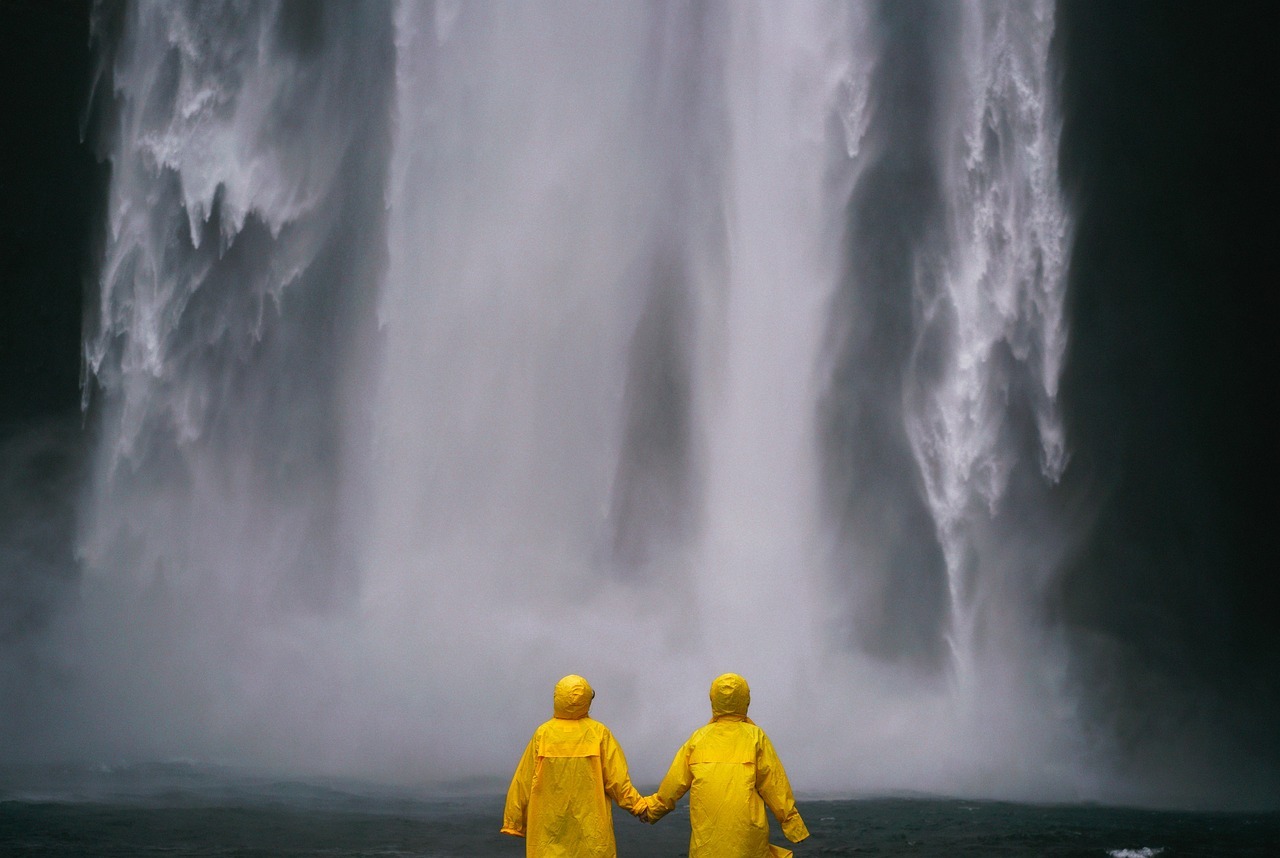This post may contain affiliate links. If you make a purchase through an affiliate link, I will earn a commission at no extra cost to you. Thanks for your support.
When it comes down to being outside in the weather, the discussion of the proper clothing and gear comes up. Stores don’t make the distinction easy to understand, so unless you know the differences and realize that you need to match the gear to the environment you are going to be in, it will be more than likely that you will not be protected as you should.
You also need to think ahead about any situations that may arise during your trip because if you want the perfect gear, there will only be one chance to get it right. That is, of course, unless you want to buy numerous products to cover all your bases.
So let’s discuss the differences between waterproof and water resistant, along with an explanation of what the different ratings on these items mean.

Water Resistant
Almost every piece of clothing you own is water resistant, even if it does not list it as being so. The reason behind this statement is simple. If you have clothes on, the water will not immediately get to you, which means it is partially waterproof. Think about it this way; if you jump into the shower with your pants on, your legs will not get wet immediately.
Granted, some materials, like cotton, allow water in faster than others, which is why all materials designed to be water resistant will have a number rating on them to inform you of how well they will work at keeping you dry. The table at the end of this article will help you understand what you need better, but before that, you need to understand what waterproof clothes are.
Water Proof
Waterproof clothes are in a league of their own. One of the best examples of this type of clothing would be scuba diving clothes. Wetsuits, as they are commonly called, will keep the water away from your skin even when submerged 10 feet under the water’s surface.
Of course, that is not the only type of clothing that can be waterproof. In theory, you can find any kind of clothing or gear that can be waterproof, such as a waterproof jacket and backpack.
If they are truly waterproof, such as your outer coat, then water will not be able to get onto any part of your torso unless it drips down from your face into the opening around the neck. The same goes for a waterproof backpack.

If it is sealed up correctly, you can throw it into the lake, and it will not allow any water to get onto the contents hidden within. Waterproof is precisely what it says, keeping the water out and the warmth in, or so you may think.
Waterproof vs. Water Resistant
You should now be able to understand the differences between waterproof and water-resistant. So it may be a natural assumption that purchasing anything that is not waterproof while you are traveling is pointless. That is not the case, though.
Waterproof gear, such as your backpack, makes sense because you do not want any moisture to get into the contents. But, for clothes, it is not a cut-and-dry answer to the situation. If you are going diving, by all means, buy some waterproof clothes. If you are hiking through the woods, buying waterproof boots may be a great idea in case you have to cross a stream or two.
Unless you are swimming, you will be dressing in layers to keep your body warmth trapped in, so if you have one layer of waterproof clothing, the layer system does not work.
On the other hand, if that is the only outer layer you have on, it will keep all the moisture out and trap every bit of heat inside the layer next to your body. This will cause excessive heat and sweating, which defeats the purpose of wearing waterproof clothes because you are wet from the inside.
Waterproof And Water Resistant Ratings
That is the basic explanation of the differences between the two, but it is not as easy as that. Each piece of clothing, or equipment, should have a water rating attached to them. The higher the number is, the more water resistant it will be. Let’s break it down to make it easier to understand.
Water Rating (mm) Resistance Provided Conditions
- 0 to 5,000 – Some resistance. Light rain, dry snow, no pressure
- 6,000 to 10,000 – Rainproof and waterproof in light conditions. Light rain, light snow, slight pressure
- 11,000 to 15,000 – Rainproof and waterproof in medium conditions. Average rain or snow, light pressure
- 16,000 to 20,000 – Rainproof and waterproof in high conditions. Heavy rain, wet snow, light pressure
- 20,000 and Up – Rainproof and waterproof in extremely high conditions. Heavy rain, wet snow, medium pressure

This is an excellent chart to have as a reference point when you go shopping for water-resistant clothes. It is never recommended to have 100% waterproof clothing unless you plan to be submerged under the water because it will cause you to sweat underneath your clothes, defeating the entire purpose of trying to stay dry.
If you have difficulty deciding, think about where you will be traveling. If it is in the rainforest, you will want a higher rating than if you are traveling through meadows and plains. Match the type of clothing for the traveling you will be doing, and enjoy the trip even if it rains.
